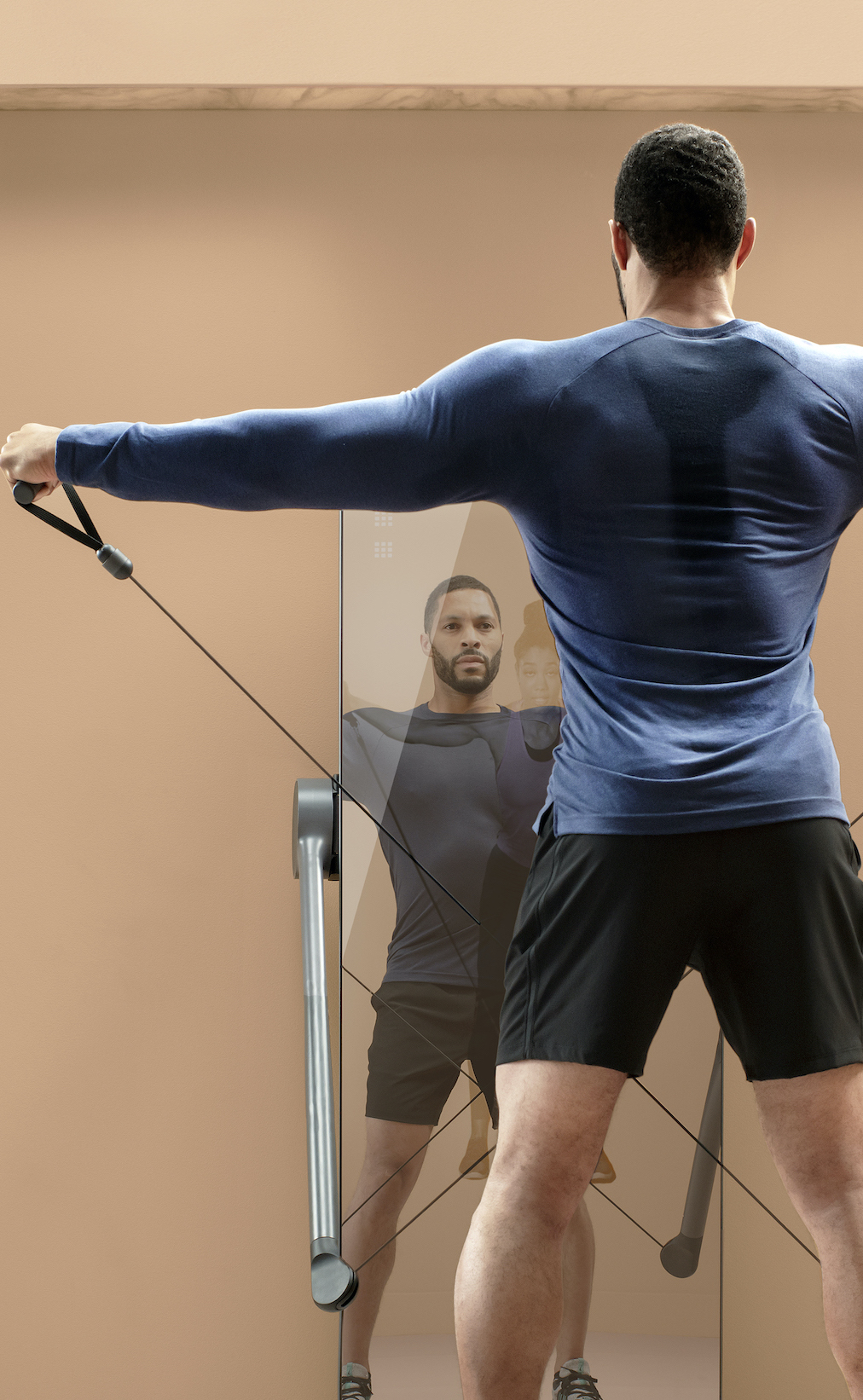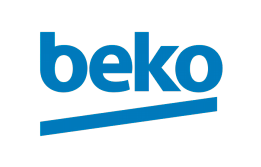The Age of Nesting
A Foresight Report for Beko
As we navigate recurring lockdowns, emerging trends are teaching us more about the role of the home. Beko commissioned The Future Laboratory to produce a new foresight report identifying these trends and insights that will shape the future of health and wellness at home
Once a place to leave in the morning and return to at night, many homes are now occupied nearly 24/7, and this shift marks the beginning of a new era: The Age of Nesting.
"The past nine months have changed our lives for ever, and businesses and governments have an important role to play to help us adapt to this new world order. The home in particular will undergo a radical shift, as we rethink where and how we live and look for solutions that reflect increasing concerns over hygiene, sustainability and wellness. This report outlines the trends we can expect to see over the next 10 years, and some of the innovations that will help us tackle today’s biggest problems."
: Hakan Bulgurlu, CEO, Arçelik
Combining expert interviews with consumer insight, The Future Laboratory identified the emerging trends and attitudes that will transform both the lifestyle and home markets. This report delves into the next decade at home and looks at where we will reside and why, and how we’re going to live – helping Beko to communicate with its customers effectively.
Discover our bespoke foresight reports that combine quantitative and qualitative research with original case studies and innovations to achieve your business objectives.
For more about our client reports and case studies, get in touch with a member of our team.
: The Age of Nesting
 Forme
Forme
To understand how the home will change so radically over the next decade, we must first explore the influential social, cultural and technological shifts happening today. Before the pandemic, our work hours were growing longer, as were our commutes. With social media added to the mix, we were living in an era of Hyper-visibility –presenteeism, constant sharing and constant consumption of content placed the focus on extroversion and external stimuli. But three major shifts due to the coronavirus – the largest home-working case study in history to a booming homebody economy and a welcoming of wellness into the home – are seeing the Age of Nesting already beginning to shape how, why and where we will work, rest and play in the future, and what we expect from our domestic dwellings.
: The Big Remote : Unshackled from the archaic structures of traditional working life – and the assumption that presenteeism equals productivity – workers across the globe have been able to experience days without long commutes, and create their own routines instead
: Homebody Hospitality : Staying in is in. From virtual cocktail parties to luxury meal kits, Covid-19 has seen the home become the only and ultimate hangout.
: Domestic Wellness : As people embrace online gym classes, virtual meditation and even remote healthcare appointments, living spaces have become wellness spaces.
‘The fact that you can get amazing, high-end food and drinks brought to your doorstep can make homes, albeit temporarily, feel like a thriving place of fun, entertainment, sociability and growth’
Annie Auerbach, co-founder, Starling
: Generation Nester
Concerned about their own immunity, rocked by the impact of weeks spent living in lockdown and grappling with a new normal, people are shifting their outlooks, expectations and mindsets.
‘As the world begins its pivot from crisis management to recovery and the reopening of economies, it’s clear that the emotional bookmark of lockdown has had a profound impact on how people live,’ says Martin Raymond. The period of contagion, self-isolation and uncertainty will change the way people behave for years to come, as a new demographic of home-focused consumers emerges: Generation Nester.
This developing demographic can be defined by four behavioural shifts, which have important implications for businesses and brands: Hygiene Mindset, Community Connection, Guidance-seekers and Flexibility Favoured. Many of the changes in behaviour are still forming, giving companies an opportunity to help shape the next normal, while understanding these new cares and concerns begins to reveal a vision for the long-term future of the Age of Nesting.
Discover our Generation Homebody market on LS:N Global – a look at the Generation Z’s ultimate hangout.
‘There has been a surge in demand for dual-purpose products and goods, particularly within the home’
Martin Raymond, co-founder, The Future Laboratory: Nesting Futures
By 2030, the Age of Nesting will be in full flow. The legacy of lockdown, combined with Generation Nesters’ new behavioural shifts, will have fundamentally transformed where we live, how we live, and the homes we live in. In this report, we identify and explore three key tenets of this future and the new living concepts the Age of Nesting will inspire: Rurban Revolution, Multi-modal Properties and Pandemic-proof Living.
: Rurban Revolution : As people seek health, hygiene and recuperative living, an urban exodus will reboot the suburbs, exurbs and rural areas, while cities will have an opportunity to become more human-centric
: Multi-modal Properties : By 2030, the Age of Nesting will see homes adapt to become ‘blended spaces’, able to fluidly facilitate different kinds of work, rest, recuperation and play
: Pandemic-proof Living : Collective concerns about hygiene, wellbeing and immunity will drive new directions in how we live, as hyper-hygienic, pandemic-proof lifestyles come to the fore.
The Age of Nesting has been ushered in at a time when more people are home-working than ever before – a shift that is likely to have longterm consequences for how and where we work, live and play. With people now focused on their homes, our apartments and houses have transformed from being transitional spaces where we stop to switch modes to multi-modal living places and sanctuaries that actively enhance our moods.
With a focus on community bonding, on time decelerating and a zoned-yet-fluid approach to living, the Age of Nesting will see us becoming healthier and happier in our homes for decades to come.
This is just a snippet of the Age of Nesting report. Click below to download the full report PDF.
READ THE FULL REPORT
